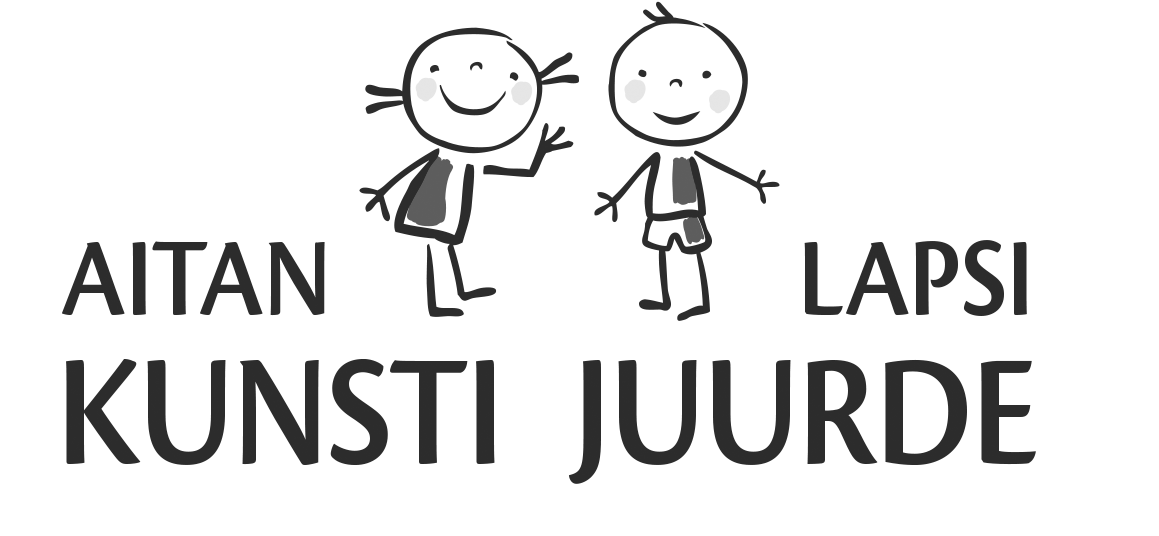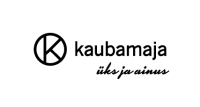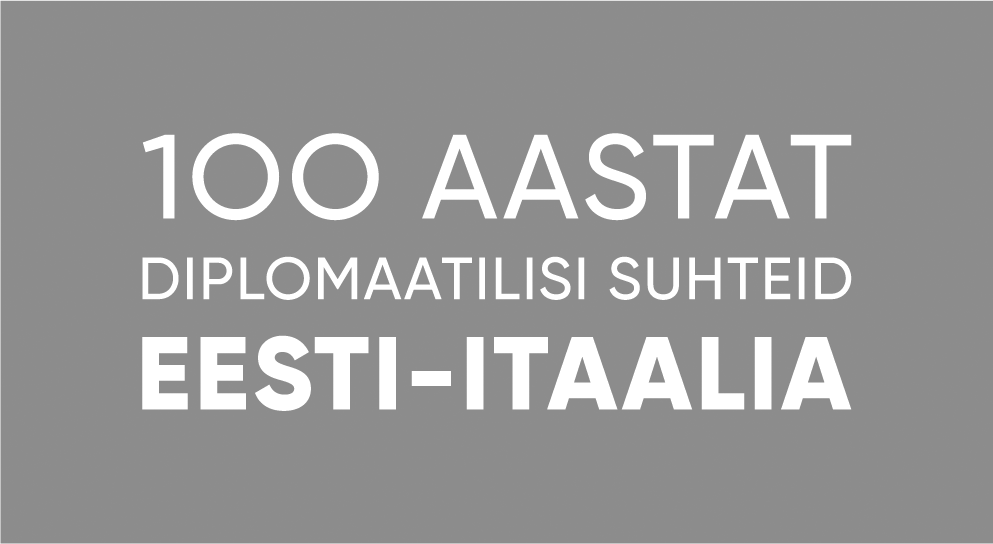Egypt of Glory: Art from the Nile Valley
Location: 2nd floor, Great Hall
Estonia’s first major exhibition of ancient Egyptian art features objects that are thousands of years old from one of the world’s most important ancient Egyptian collections: the Museo Egizio (Egyptian Museum) in Turin, Italy. Simultaneously with the exhibition at the Kumu Art Museum, the treasures of the Egyptian Museum will also be on display at the Amos Rex Art Museum in Helsinki. The large-scale joint project of the three museums provides a unique opportunity to discover the ancient world of ancient Egypt without having to travel very far.
The Kumu exhibition features 200 items from the rich heritage of the Land of the Pharaohs. These include coffins, mummies, magical amulets, various funerary offerings and sculptures. On the one hand, the items tell the story of the ancient Egyptians’ world and, on the other, each is a work of art in its own right.
Since the word “art” did not exist in the vocabulary of the time, people actively dealt with depicting their surroundings. The ancient Egyptians’ understanding of art differed significantly from that of today. The idea of art as a form of independent creative expression was unknown. Art fulfilled a magical purpose for people at that time, by giving form to what they wanted to bring to life. For the Egyptians, a figure hewn from a stone block was as alive and important as the person it represented. Thus, the artists were both craftsmen and belonged to the mysterious sphere of magic and religion. Today, we can generalise and say that one of the most characteristic features of ancient Egyptian art was its rigid adherence to rules. When creating works of art, there were rules that applied to both the way things were depicted and their content. The repetition of scenes depicting the pharaoh destroying his enemies, the dead embracing, or sacrifices being made to the gods did not indicate a lack of imagination, but rather the observance of ideological and religious rules.
The seven sub-themes of the exhibition help to tell the story of the pharaohs’ lives and the belief in eternal life, to show how people, animals and gods were depicted in different ways and for different reasons, and to reveal the nature of hieroglyphs as both an art form and applied art. The exhibition also provides an idea of the connections between Estonians and ancient Egypt, and explores the fascination with 19th-century Egypt, which also brought Egyptian antiquities to our museum collections.
The exhibition is accompanied by a book in Estonian and a multi-faceted public programme. On selected Tuesdays, special evening tours will take place after the museum has closed. Guided exhibition tours, museum lessons for schools and kindergartens, and fun experience programmes for groups can be booked in advance. Families can explore the exhibition guided by an exciting list of activities.
Gallery
The exhibition will be open to the public:
Egypt of Glory: Art from the Nile Valley at the Kumu Art Museum, from 10 October 2020 to 21 March 2021;
Egypt of Glory: The Last Powerful Dynasties at the Amos Rex Art Museum in Helsinki, from 9 October 2020 to 21 March 2021.
The exhibition team at the Kumu Art Museum:
Curator: Paolo Marini (Museo Egizio)
Co-curator: Jaanika Anderson (University of Tartu Museum)
Project manager: Inga Jaagus
Exhibition design: Jaana Jürisand, Neeme Külm(Valge Kuup Stuudio)
Graphic identity of the exhibition and design of exhibition hall graphics: Asko Künnap
Book graphic design and media graphic design: Külli Kaats
We wish to thank: the Estonian History Museum, Estonian National Museum, National Archives of Estonia and University of Tartu Museum
Gallery



































